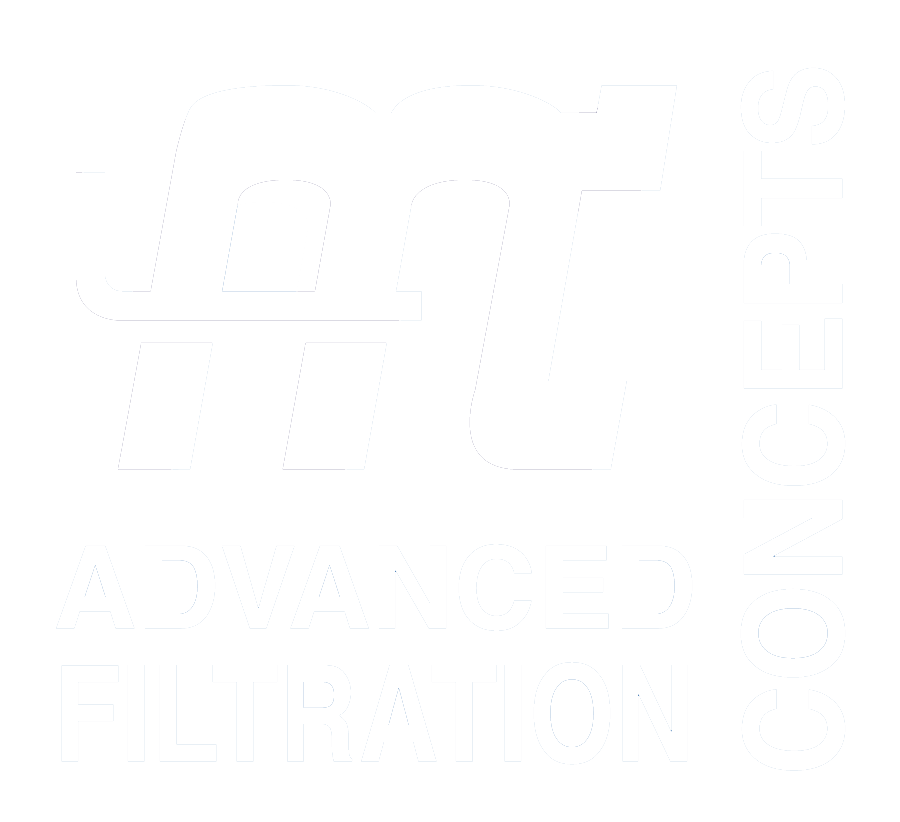The Leader in Coolant Filtration Systems, Machine Tool Coolant Filters, and more...
Barnes International is a company that manufactures coolant filtration systems. They make products for machines with filters that range from 10 GPM to 20,000 GPM and media, which includes permanent and disposable filters. Barnes has been in business since 1907. If you are looking for quality coolant filtration systems, look no further than Barnes International!
Barnes is committed to making products that are of the highest quality. To insure this, we have a ISO certification and provide an extensive warranty. We have many different solutions of coolant filtration to suit your needs. From small machine tool coolant filters to large total plant central coolant filtration systems, Barnes has you covered!
Along with Barnes, International, our family of companies are extensive, including Henry Filters. Hydroflow Filtration Systems. Superior Filtration. Advanced Filtration Concepts. Summit Filtration and Komline-Sanderson filters. If you're looking for coolant filters that are reliable, efficient, durable and high-quality - we have you covered!
Basics of Coolant Vacuum Systems
Coolant vacuum systems are designed to cool high-temperature coolants through a system of pipes and valves. The coolant is circulated by pumps, which create coolant pressure in the coolant tank. When the coolant is heated, it expands and flows into the engine block where it transfers heat from other components such as pistons and cylinder heads. It then flows back to the tank for re-circulation after being cooled by an external heat exchanger or radiator. If you want to learn more about this process, read on!
Coolant Vacuum Systems: The Basics of Cooling
In an internal combustion engine, a coolant vacuum system is often needed to maintain adequate pressure across the coolant reserve tank when it becomes depleted during operation. This will keep operating thermostat temperatures within their proper range (usually below boiling point) so that they can function correctly without opening at too high a temperature. The coolant in your engine is circulated through a system of pipes and valves to keep it cool. In order to cool the coolant, pumps circulate coolant at high pressure from the tank into other components such as pistons and cylinder heads before returning back to the tank for re-circulation.
In some engines with an air conditioning compressor, there may be additional heat exchangers installed that cool fluid coming out of the radiator or condenser coil by using cooler coolant supplied by a belt-driven off a water pump pulley. These systems are often called “open-loop” because they don’t use coolant that is cooled by cool water circulating through an external radiator. There are coolant vacuum systems to help maintain the level of coolant in the tank. These devices use a pump =and hoses connected to air-vacuum valves placed at various points on the engine block, which can be closed off when the coolant has drained into the hollow part of these valves for about five minutes; this will suck coolant back up out of components like cylinder heads before it starts leaking down and damaging them.
A system of pipes called “expansion tanks” may also be used, with one or more small holes near its top that allow excess pressure from boiling coolants inside it to escape while preventing coolants entering under low pressure (such as from coolant leaks) from entering. A coolant vacuum system may also be used to reduce coolant loss due to evaporation, and (if the engine is air-cooled) for preheating or prechilling coolants before they enter the radiator or heater core.
How to Maintain A Coolant Vacuum System?
The kind of maintenance required for a coolant vacuum system varies with coolant type; for example, the coolants used in automotive cooling systems are usually combined water and ethylene glycol or propylene glycol mixtures that require different periodic treatments.








